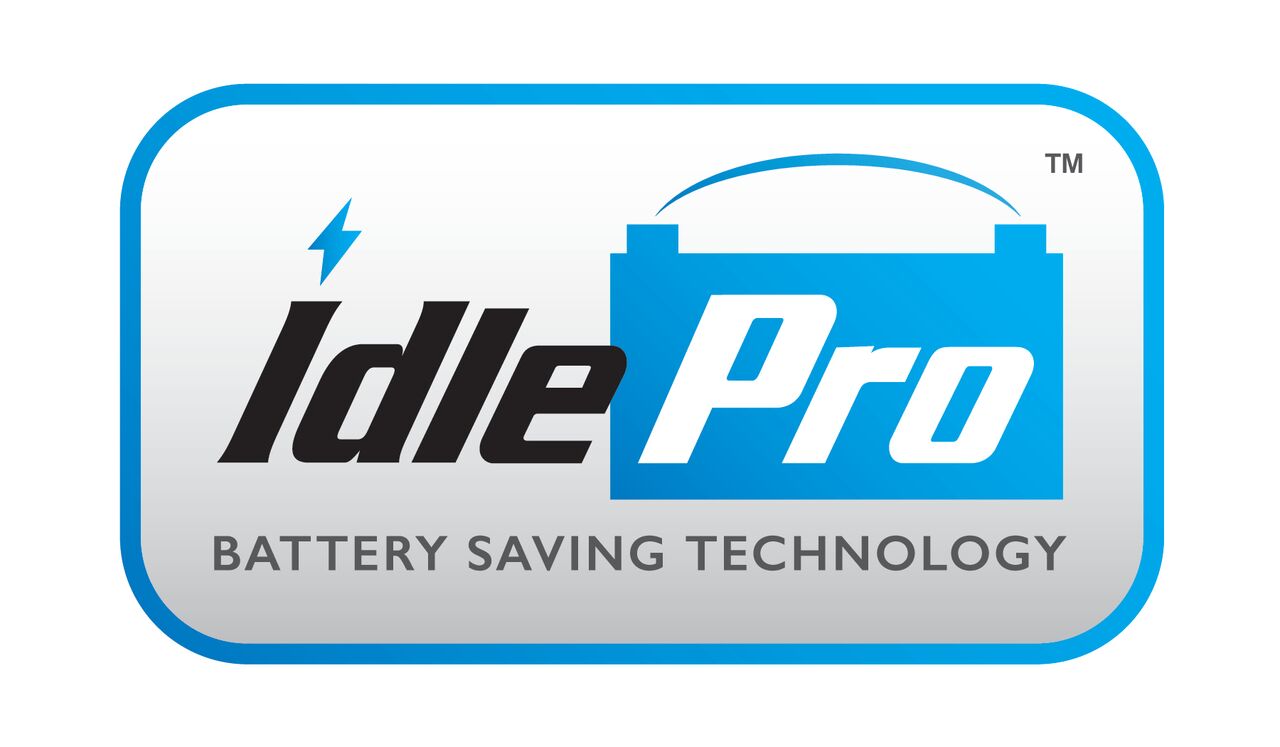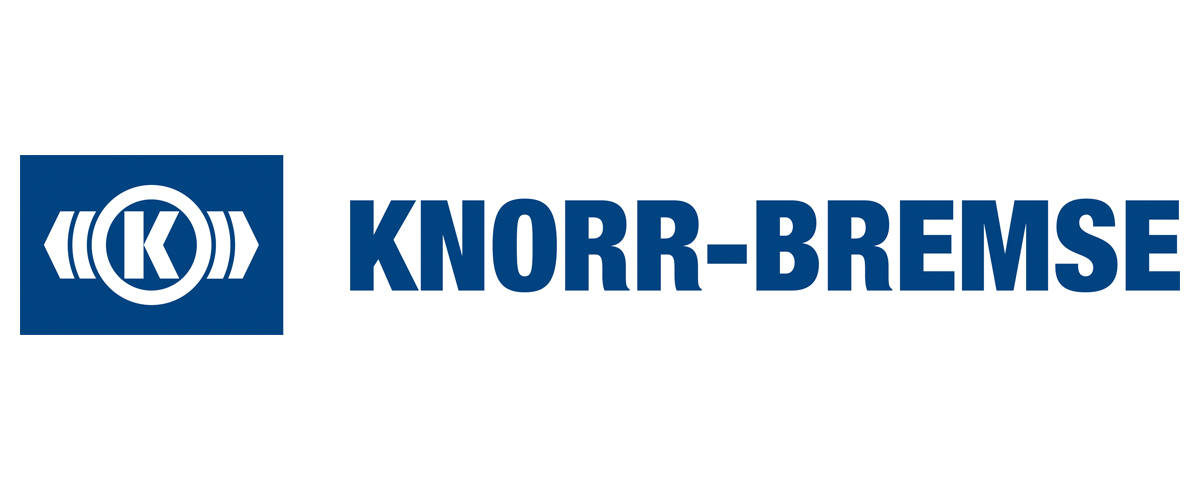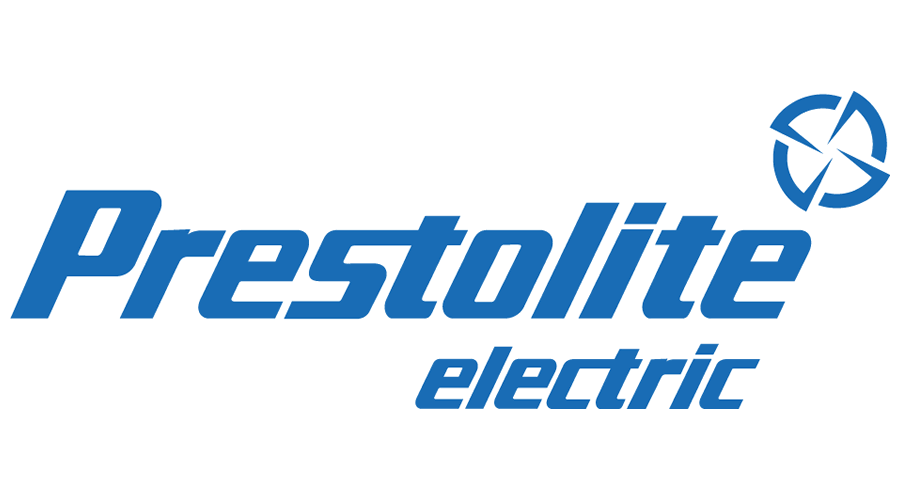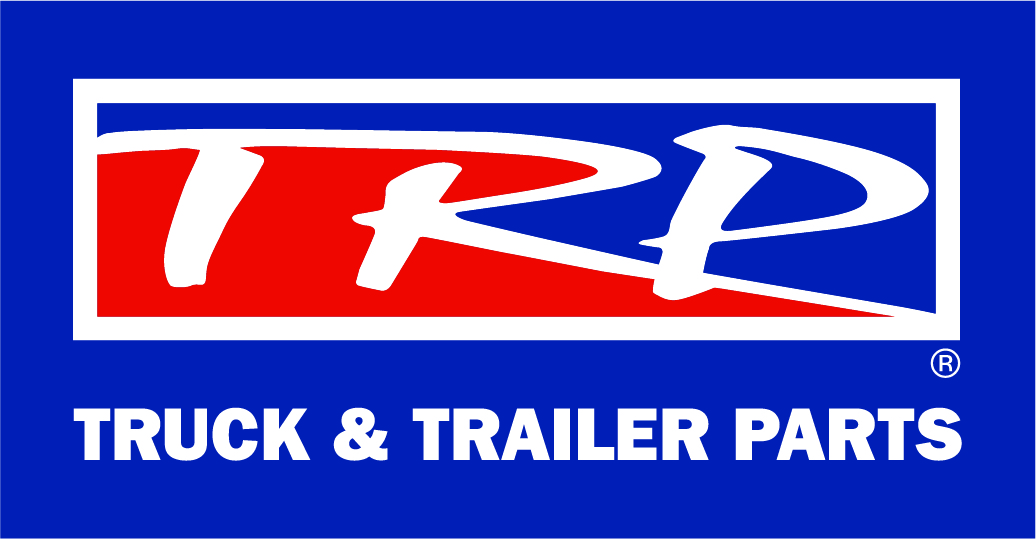Kenworth T610 tried and tested

One hundred days after the official reveal, praise for the new Kenworth T610 has yet to abate. Prime Mover took it for a test run over the Blue Mountains to find out if it can live up to the hype.
A lot has been said and written about the Kenworth T610 since it was first unveiled in December 2016 – possibly more than for any truck released to the Australian market during the past decade, and much of it before anyone had ever driven an example. To find out just how well PACCAR Australia’s $20 million investment can handle life beyond the showroom, we are taking it for a 400km run from Sydney to Dubbo.
The T610’s ergonomics and space offering have been frequently praised during the truck’s first 100 days in the market, and our first encounter in a real-life setting is able to confirm that impression: The T610 is not just a North American T680 model that has been converted to right-hand drive. Instead of just bolting in a steering box and mirroring the dash, PACCAR Australia embraced the opportunity to improve a whole range of key factors to suit the local Australian environment, especially noise, vibration and harshness, which are crucial to driver comfort – and retention.
For instance, the focus on driver amenity led to the use of a 4mm firewall instead of the 2.5mm example used in the American model, significantly reducing noise intrusion to the point where the Cummins X15 engine is just a little background accompaniment in an otherwise quiet work environment.
The doors and apertures all have triple sealing, which further contributes to reducing noise and excluding dust for those who have to venture off the bitumen. Once the steering wheel and seat are adjusted, the vision of the dash is uninterrupted, while exterior vision through the big windscreen can only be described as splendid. This is further enhanced by the low mounting of the mirrors so that traffic at intersections doesn’t get masked by the blind spot. The mirrors themselves deserve special mention as they are made virtually vibration-free by being solidly mounted to the A pillars.
Of the $20 million and more than 100,000 Australian design hours claimed to have been spent on the T610’s development, almost ten per cent were directed at the Heating, Ventilation and Air-Conditioning (HVAC) system, which is monitored by a number of sensors positioned throughout the cab. A design innovation that went into the local HVAC is a special high pressure area in the scuttle between the windscreen and the rear of the bonnet, which directs a flow of air between the firewall and the engine heat shield to help isolate the cab from engine-generated heat. On a 30°C test day, the result is a comfortable 23°C inside the cab.
Also on the ergonomics front, all switches are solid and easy to identify, and there is sufficient space on the centre dash section for a large satellite navigation screen plus any other gauges that might be desired. The critical readouts are grouped right in front of the driver, and the LCD information screen can be configured as a digital speedometer to complement the large analogue speedo that matches the tacho.
Our test vehicle is equipped with an optional active cruise braking and collision mitigation system designed by Bendix, so there is an extra LCD screen just above eye level, plus an additional readout within the central dash display. The lane departure warning system also has cameras mounted high in the centre of the windscreen.
On the road, the steering is precise and has a firm feel about it, thanks in part to the new cab set-up, which allowed PACCAR to choose a more direct route for the steering shaft. The result is undeniable: Even on the worst of roads, the steering wheel only provides what may be described as ‘road feel’, but never any harsh kick back. Interestingly, there is no steering damper fitted, it’s strong by design.
In the space department, Kenworth has not overpromised, too: Compared to the T680, the cabin has been moved up and forward to facilitate the BBC dimensions demanded by Australian customers in order to fit into the 26m B-double envelope. Whether they are intended consequences or not, the relocation of the cab in relation to the chassis rails provides better vision for the driver and refreshing roominess: Our test truck, the 860mm (34 inch) sleeper cab, is almost Tardis-like in its provision of interior space. Plenty of storage and a slide-away fridge help make it comfortable accommodation for a resting driver.
Speaking of which: Driving the big red T610 from along the Great Western and Mitchell Highways to Dubbo in the NSW Central West, we catch the attention of many a driver who want to know all about the new Kenworth, and experience some of the hype around the new T610 first hand.
A key talking point at the truck stop is the integration of optional technologies that are already well tested and now accepted as the norm in many a European truck. In combination with flexible chassis and suspension dimensions, many drivers thus expect the T610 to deliver the ‘best of both worlds’.
p>A case in point is the driveline: In production models from April 2017, the X15 Cummins Euro V SCR engine will have activated a suite of electronic features summarised under the term Advanced Dynamic Efficient Powertrain (ADEPT), which assists the engine in bilaterally conversing with the Eaton Ultra-Shift Automated Manual Transmission (AMT). The activation of ADEPT will unlock even more features that drivers expect from a modern truck, including Smart Coast, which disengages the driveline under controlled circumstances to permit the vehicle to coast to save fuel.As such, the T610 does deliver on many of the promises made during the launch in Melbourne. Even though it’s only been 100 days since it’s gone on sale, the European competition has every reason to be nervous.

Kenworth T610
Source: primemovermag.com.au
























